Tanzania: Haba na Haba festival folds after 10 years
Tanzanian arts organisation Art for Social and Economic Development in Africa (ASEDEVA) has announced that it will no longer organise and curate the Haba na Haba International Dance Festival.
 Over the years, the festival has featured celebrated choreographers and dance companies.
Over the years, the festival has featured celebrated choreographers and dance companies.
ASEDEVA said the decision was reached due to “ongoing financial challenges facing the cultural sector in Tanzania.”
“For the past 10 years, Haba na Haba Festival has been the pillar for the East African dance community, but we are now unable to sustain two festivals: the Marafiki Music Festival, which takes place in October, and the Haba na Haba International Dance Festival, which was held annually in July,” ASEDEVA creative director Isack Abeneko said.
“Moving forward, we will focus on continuing with the Marafiki Festival. However, we are committed to supporting both contemporary and traditional dance and we plan to incorporate a dedicated dance stage into the Marafiki Festival, transforming it into a broader arts festival that highlights both music and dance. In the future, we hope to expand further to include other performing arts genres. Haba na Haba International Dance Festival has served the East African dance community, offering audiences extraordinary performances from Africa and beyond.”
Over the years, the festival has featured celebrated choreographers and dance companies such as Fernando Anuanga, Camilla Ekelöf, Nora Chipaumire, Musa Hlatshwayo, Maura Morales, Olivier Tarpaga, Wesley Ruzibiza, Aïda Colmenero Dïaz, Yolanda Gutierrez, Daniel Onyango, Aloyce Makonde, Ian Mwaisunga, Kefa Oiro, Jackson Atulo, Pamoja Dance Company, Danae & Dionysios, Luanda Mori, Nantea Dance Company, Muda Africa, and others.
The festival has also provided invaluable opportunities for emerging Tanzanian dancers and choreographers.
“We have supported training programmes, showcased new choreography, and ensured that traditional Tanzanian dance remains vibrant and preserved,” Abeneko added. “Many Tanzanian dance companies have gained international exposure and opportunities for collaboration through Haba na Haba.”
A notable example is Nantea Dance Company’s work with Yolanda Gutierrez in Hamburg on the Decolonial City project. Such connections have been instrumental in the growth of Tanzanian dance, fostering collaborations with international artists like Maura Morales and institutions like Muda Africa.
According to the organisers, Haba na Haba has curated over 300 dances and conducted more than 85 capacity-building dance training programmes, with the festival reaching an estimated audience of 10 million people through its various editions.
Abeneko added: “Though the Haba na Haba is coming to an end, we are evolving into something bigger. The Marafiki Festival will now serve as a platform for both dance and music, and in time, we plan to integrate more performing arts. In our recent experiment of merging dance and music, we saw an incredible response from diverse audiences, and we are excited to continue building on this synergy.
“Despite the challenges posed by limited funding for alternative and non-mainstream arts, we remain dedicated to supporting local artists and innovating sustainable models for the future. We believe in the power of arts and culture and are committed to showcasing the immense talent that Tanzania and Africa have to offer. Financial difficulties will not deter us from achieving our goals and serving the artistic community. Thank you to all partners, sponsors, dancers, choreographers, dance lovers and friends who believed in us and supported this festival. We look forward to the next edition of the Marafiki Festival.”














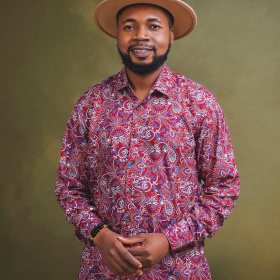

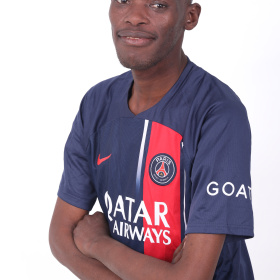

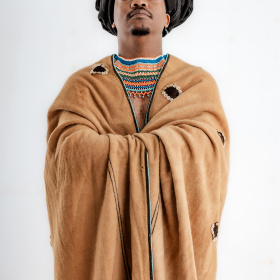


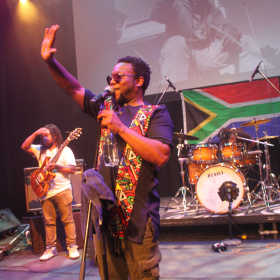

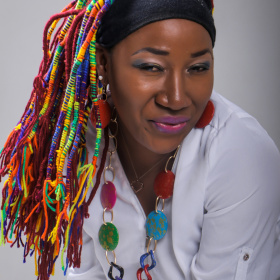
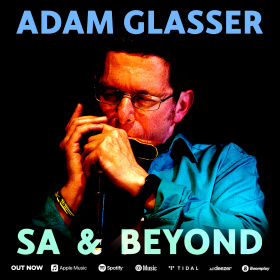




Comments
Log in or register to post comments